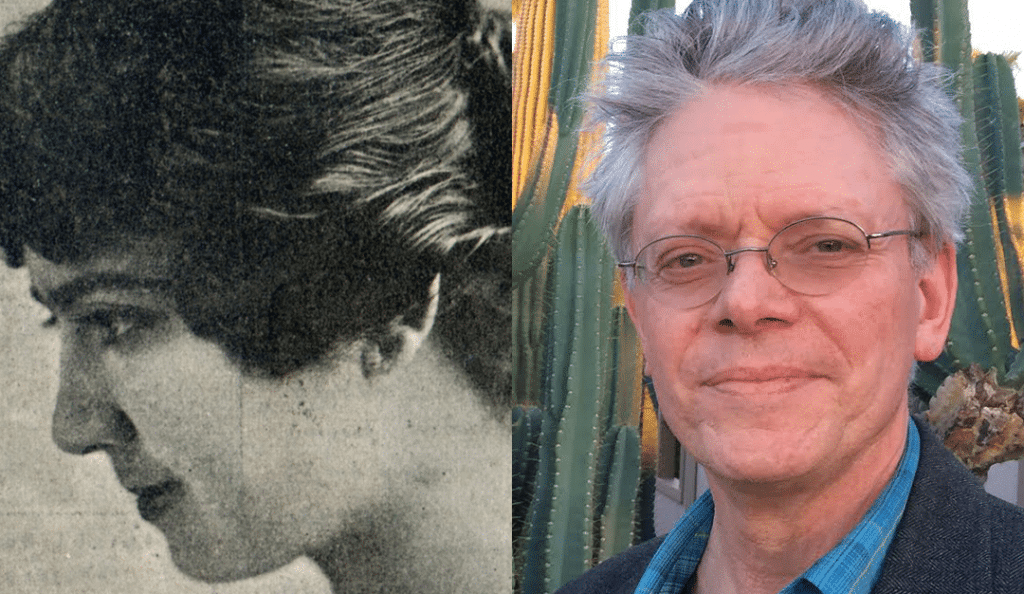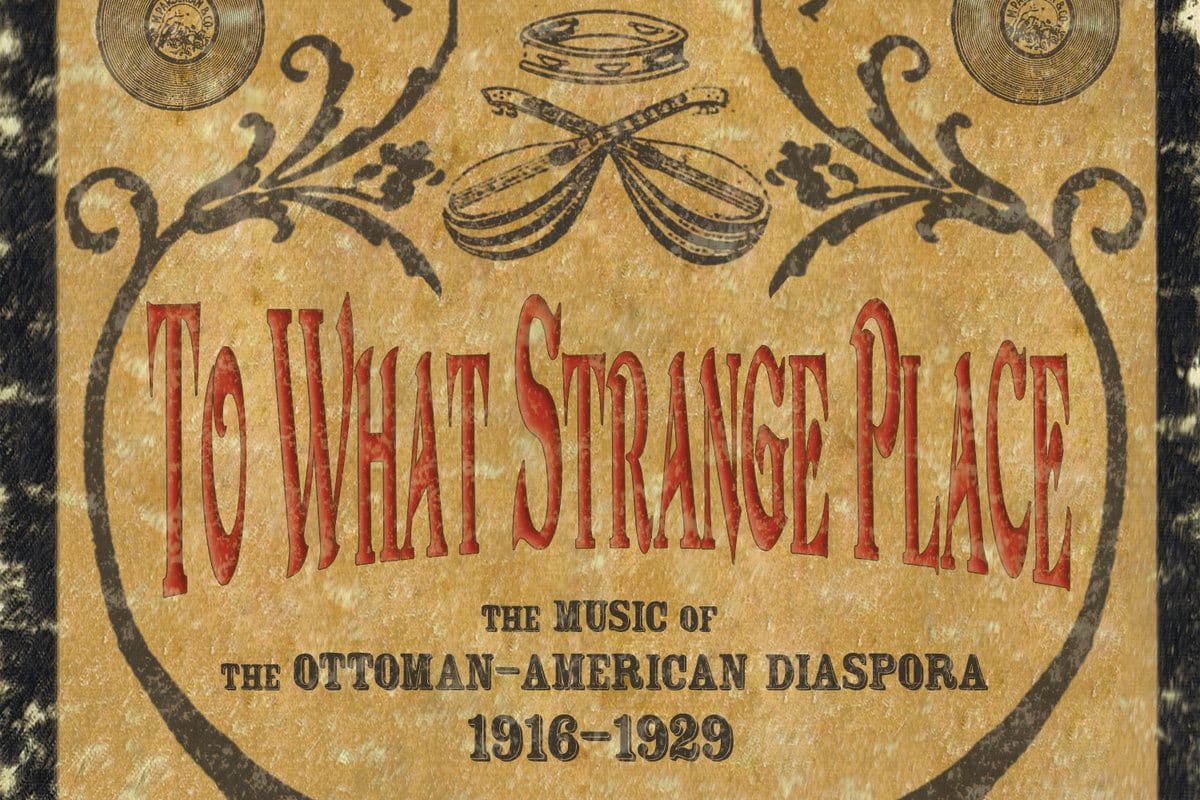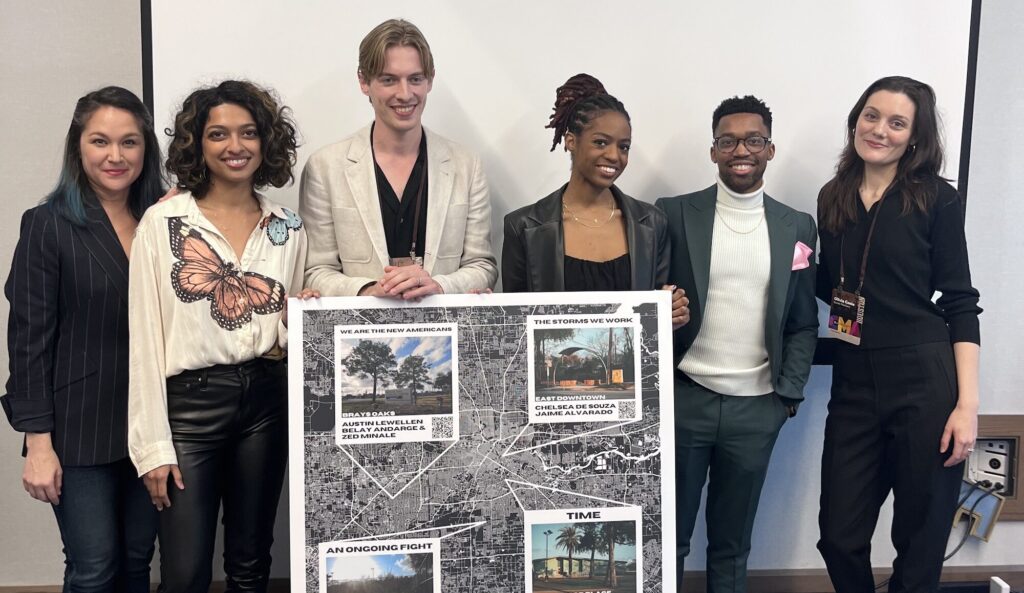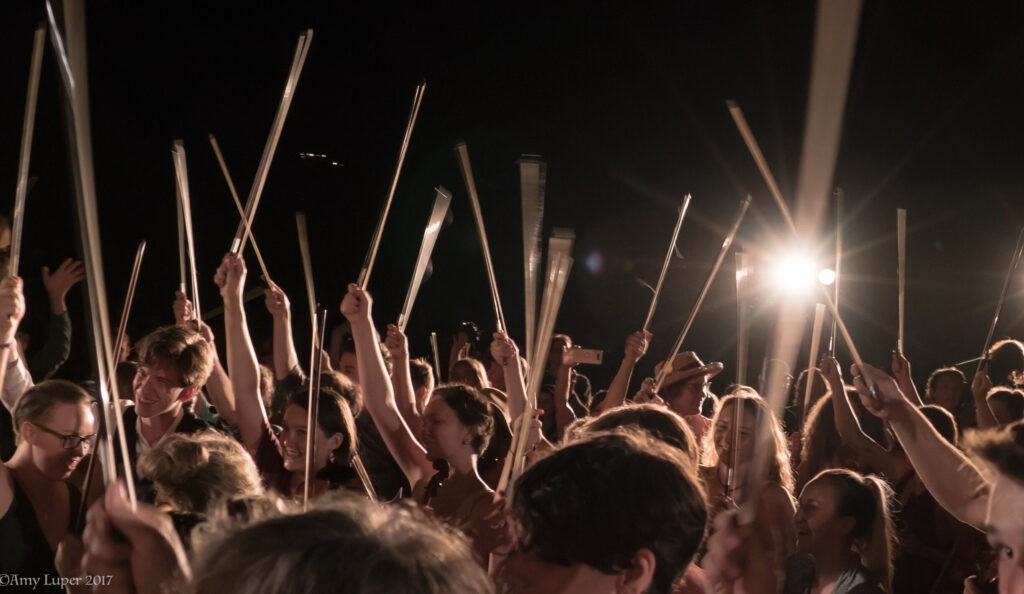What's a Note?
In this issue, we asked musicians from all corners—as well as writers, painters, and actors—about the musical experiences that changed their lives. For violinist David Harrington, it was two notes of a relatively obscure 1917 recording. For composer Chen Yi, it was a mother’s lullaby for her child, sung on a Chinese farm.
In this article violinist David Harrington writes about the first time he heard Zabelle Panosian sing “Groung.”

After I joined the Columbia Record Club in 1961, and the Budapest Quartet’s LP of Beethoven’s Op.127 arrived in the mail, I put it on my family’s turntable and then had to keep listening over and over to the amazing opening E-flat major chord. Something happened that has stayed with me ever since. I was pulled by that sound, and I needed to learn how to make that chord—there was no decision needed, no further thinking required, I had no choice. I checked out the score and parts from the Seattle Public Library, called three friends from the Seattle Youth Symphony and we played Op. 127 movement #1. For a tenth of a second, it sounded like the record… until it didn’t. Even now, I can hear that opening chord played by the Budapest—its resonance, thickness, balance, and the challenge it represents. As the founder of Kronos Quartet and its talent scout since 1973, I’ve been fortunate to carry inside of me that very first note of string quartet music I ever heard and played. To this day I continue to find certain notes endlessly fascinating.
In spring of 2000, Kronos was set to record Alban Berg’s “Lyric Suite.” I had grown up inspired by this incredible piece, and Kronos was about to record the first ever version containing Berg’s hidden soprano part. There was a certain high note in my part where I could hear clearly inside of me exactly how I wanted it to sound. Yet no matter what I did, what I tried, my body simply did not get me to that sound. I took the problem to Veda Reynolds, who had been my teacher for 30 years and we tried everything. I used words to describe the color, density, the emotional backstory I knew was in this note. I used body gestures like the ones I had learned from watching Leonard Bernstein conduct; facial gestures, eyebrows pulling the sound out of the violin through the center of the bow. We worked on aspects of posture, breathing ever more expansively, noting the feel of the bow in the center of my hand, using the arm’s weight from the center of my back, noticing the meaning of a finger’s touch on the string. In what would prove to be our final lesson before her death, Veda and I spent four hours on that one note.
In 2002, I spoke to Inuit throat singer Tanya Tagaq for the first time. Hearing a track of hers was incredible and life-altering, and it led me to find a way for Kronos to enter Tanya’s sonic realm. I remember saying to Tanya, “You have a string quartet in your throat! I love everything you put into the notes you make.” There was a little silence, and then Tanya said, “What’s a note?” I had five seconds to come up with my definition. I had never questioned what a note is before. Sometimes being thrust into instinct mode, letting your inner life suddenly surface, yields something new, something startling. I found myself saying to Tanya, “A note is an opportunity for us to place everything we know about life into a musical moment. For a violinist, you can think of a note as one bow’s worth of time. For a singer, maybe it would be one breath’s time of sound.”
A year later I first heard Zabelle Panosian sing “Groung.” I was listening to the 3-CD compilation by Ian Nagoski, To What Strange Place: The Music of the Ottoman-American Diaspora, 1916-30, of recordings made by musicians then newly arrived to the US. All of a sudden I heard the most unbelievable note. The note returned one more time, later in the song. I had to listen again, and then again and again. I knew Kronos would have to play this song, and that I would have to play—that is, I would have to attempt to play—those notes.

When I write my novel, the main character will be Zabelle Panosian’s two highest notes in “Groung.” These notes seem to float weightlessly over us yet are impossibly, inconsolably heavy. They are light-filled and at the same time are so dark there is nothing beyond them and no light can get through them. They know of unspeakable sorrow as well as resilient consolation.
Zabelle’s notes became the yardstick by which I measure all the notes I get to play. Along with the E-flat major chord, they have joined my inner world, which is inhabited by certain notes I’ve encountered and held onto. In this world are, among many other things: certain bells, frogs, specially-pronounced words and tones of voice from my family, Billie Holiday’s inflection on “Strange Fruit,” Jimi Hendrix’s feedback on “The Star Spangled Banner,” the first note of Fritz Kreisler’s 1906 performance of Humoresque, Dr. N Rajam’s “Dadra in Raga Bhairavi,” and Taraf de Haïdouks founder Nicolae Neacsu’s first alarming violin friction drum tone in “Ballad of a Dictator.”
I had to have an arrangement of “Groung” made for Kronos. Eventually, Mary Kouyoumdjian wrote one that Kronos began to perform. I listened frequently to Zabelle’s recording and cemented her sound into my life. I return to it often to see how it changes or remains within me. It was clear that at some point Kronos would record Mary’s arrangement of “Groung.” I worried about making this recording for years. How could I possibly live up to the challenge I hear inside? Could I ever learn to make my body produce this sound through my violin? I have often thought about what it would have been like to take Zabelle’s recording to Veda—to listen together with her and speak quietly about Zabelle’s notes, about the Armenian genocide that decimated Zabelle’s people around the time she recorded that song, about how a violinist might be able to use an old recording almost like a score and try to create all at once the weightless, black-hole heavy, immense moments of light we call notes. Infinite worlds live in each note. A musician’s job, in part, is to align the sounds we hear within each note with our own inner worlds while reaching for them. I would have played those notes for Veda, and our work would have begun.



